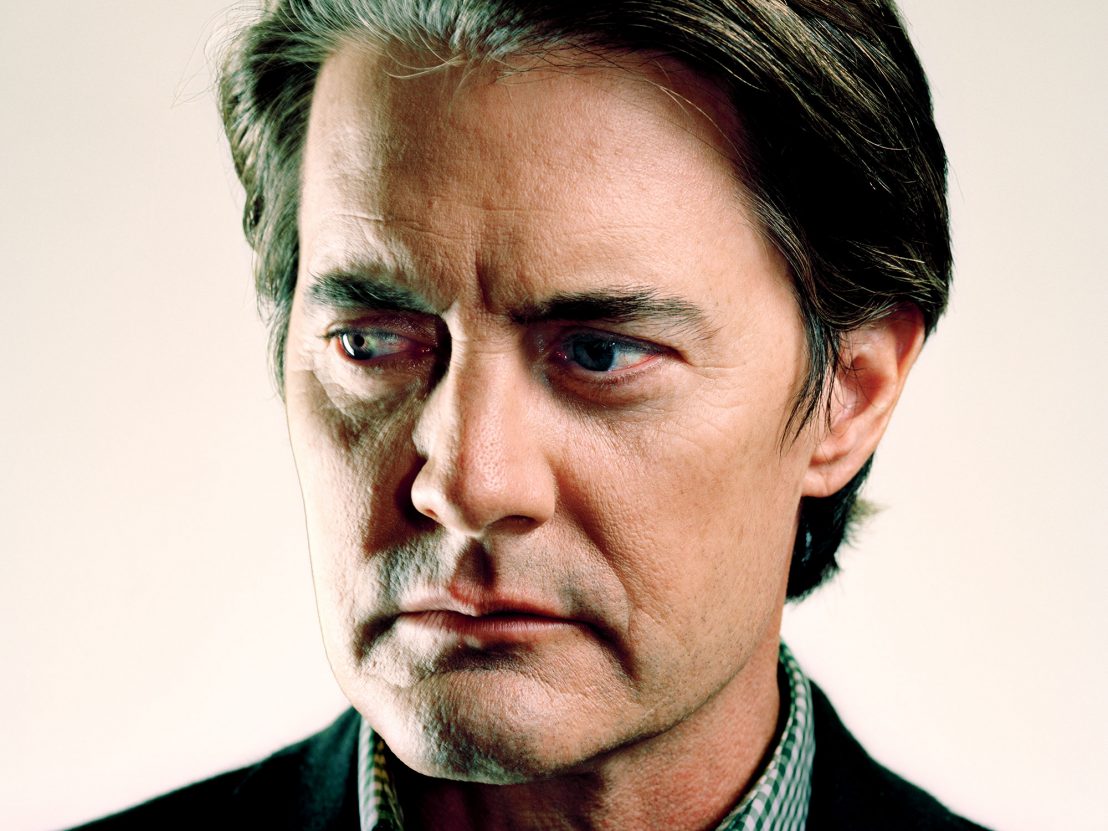
The cast and crew of Twin Peaks remember the making and breaking of a cultural phenomenon.
For legions of David Lynch fans worldwide, the events unravelling in the logging town of Twin Peaks are only ever partly as interesting as those reputed to have taken place behind the camera, most of which centre on the unconventional methods of the show’s renegade director.
One example concerns Lynch’s decision to cast wild-haired set dresser Frank Silva as Bob, the malevolent spirit responsible for Laura Palmer’s murder. During filming of the pilot’s closing scene, Frank was accidentally caught in the mirror behind Laura’s mother (Grace Zabriskie) as the camera framed her screaming face. Lynch stopped the DP from setting up a second take, telling him the first one would be fine.
Watch that scene now and you can freeze-frame the moment that the character of Bob first took form in Lynch’s mind – a blurred shape, grey and feral, hovering between two worlds in the grieving Palmer home. It’s a neat insight into the processes that informed Lynch’s vision, and that helped define Twin Peaks as one of the most influential television events of all time.
But the show’s beginnings were less than auspicious. Lynch and co-writer Mark Frost had met in 1986, and already had a pair of unproduced screenplays behind them when they were told there was interest from ABC in a television show. Their pitch to the network was vague: Frost recalls Lynch spending the majority of their meeting describing – with suitably jazzy hand gestures – the way the wind whispered in the pine forests surrounding the town. When ABC commissioned a pilot, the pair saw it as an opportunity to confound expectations and inject a dose of madness into the mainstream.
“We didn’t approach it as a television show,” says Frost. “Remember that we were coming out of a decade in which the tone of major television was set by shows like Dallas, shows that David and I wouldn’t be caught dead watching. It felt like we’d been led into the big machine inside a Trojan horse, and that seemed all the more reason to make Twin Peaks as strange and subversive as we possibly could.”
Writing took place at Frost’s home in LA, Mark typing while David lay on the psychiatrist-style couch and batted ideas off the walls (he professed to be unable to type). Casting adhered to a typically Lynchian anti-process: Dana Ashbrook was required to stand on the roof and bark like a dog, a role he later reprised as a jail-bound Bobby Briggs; Richard Beymer and Russ Tamblyn were cast as Ben Horne and Lawrence Jacoby simply because it tickled David to see the former arch-enemies of West Side Story reunited on screen; and roles were regularly adapted to fit actors that Lynch particularly liked (meeting Joan Chen led to him rewriting the Italian maid Giovanna, originally pencilled for his then-partner Isabella Rossellini, as the Chinese Josie Packard).
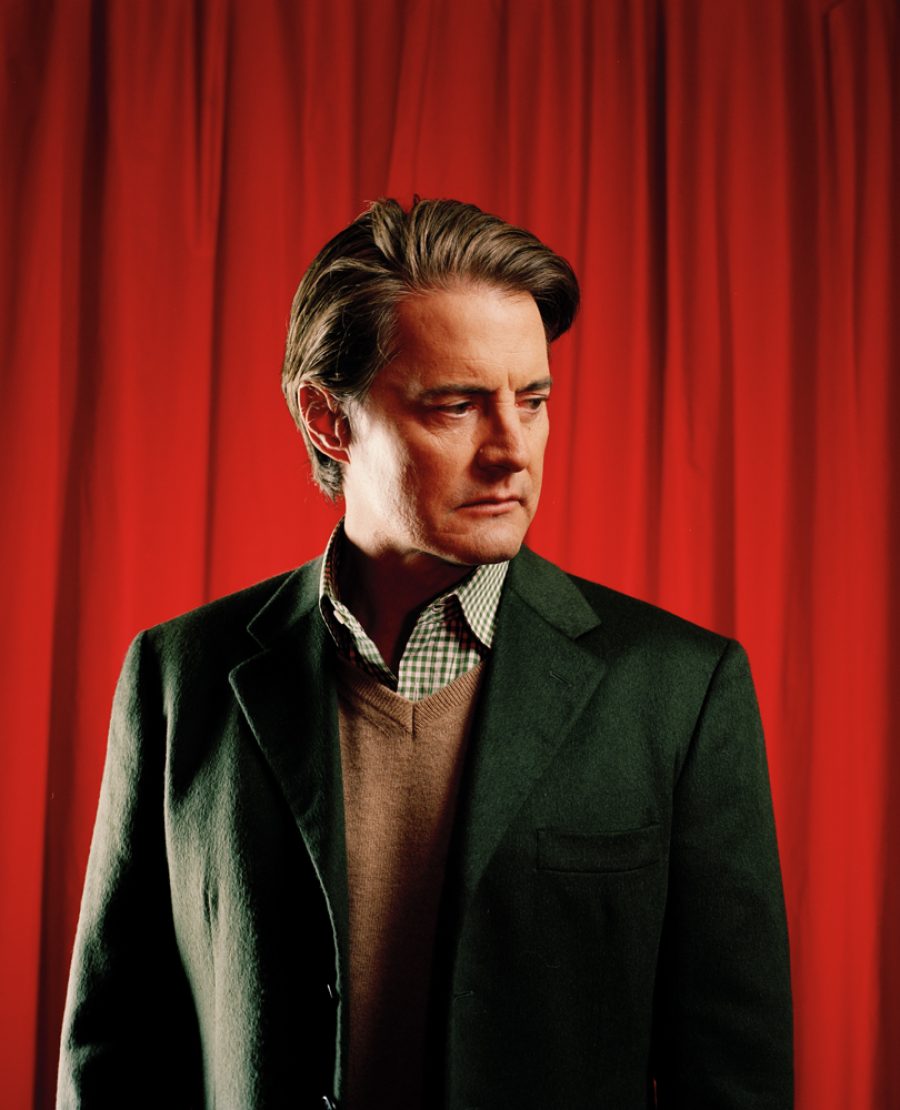
Cast and crew assembled in late ’89 in the location town of North Bend, Washington, and filming of the pilot took place over a winter of record-breaking bleakness; of blizzards and freezing fogs that regularly postponed shoots and added to the sense of otherworldliness permeating the set.
“David’s way of working was unlike anything I’d encountered at the time,” says Kimmy Robertson, who played squeaky sheriff’s secretary Lucy Moran. “He was meditating every afternoon, and he’d conduct exercises to get cast members on the same wavelength. I remember a lot of us started having strange dreams. It was definitely a different consciousness to your average television set.”
But if there was a sense of being part of something special, there was also a nagging concern that the end result would be too leftfield for the conservative commissioners at ABC.
“We were amazed they were giving David Lynch two hours on television,” says Kyle MacLachlan, who played FBI Agent Dale Cooper. “We saw it as the inmates overrunning the town, and we knew it would be fantastic, but we didn’t think it would get picked up because it seemed so incomprehensible.”
Kyle’s concerns were unfounded; after mixed reactions to test screenings of the pilot, ABC commissioned seven episodes – a partial vote of confidence that proved they were as edgy as excited to be working with Lynch – and reluctantly agreed to the director’s condition of complete creative freedom from the network.
Shooting relocated to a former warehouse in the San Fernando Valley that Lynch had decked with timber and stone, allowing cast and crew to pass from the Double R Diner to the grand foyer of the Great Northern Hotel in a few easy steps. Guest directors were cherry picked to oversee individual episodes, but Lynch and Frost continued to write the show, which descended into a maelstrom of drug taking, underage sex and supernatural evil so dark that many feared it would be axed before it was aired.
Those fears dissipated on 8 April, 1990, when the word-of-mouth buzz surrounding Twin Peaks saw the pilot score the sort of viewing figures usually reserved for the Super Bowl. The show’s popularity snowballed as the season progressed: its layered mysteries combined with a Thursday night slot to make it perfect water-cooler conversation for office workers the following morning, a fact played up by a slew of publicity posters claiming, ‘If you miss it tonight, you won’t know what everyone’s talking about tomorrow.’
Not that watching it was any guarantee of understanding it. Not even cast members were wise to the show’s deepest secrets: actors were given scripts for their scenes only, and would gather in an LA bar each Thursday to watch the show en masse and marvel at its twists and turns with hordes of admiring locals. Theories abounded, rumour mills went into overdrive, and a telephone help line (voiced by Kimmy Robertson in character) was set up to satisfy those who couldn’t wait a week for further clues.
“We were amazed they were giving David Lynch two hours on television. We saw it as the inmates overrunning the town.”
“I remember about halfway through the airing of the first season someone came in and dumped on my desk maybe 500 pages of internet chatter about the show – and this was at a point where the internet was only just emerging as something people used for basic communication,” says Frost. “But here were these entire forums dedicated to exploring just one aspect of plotting, something that had taken maybe 15 minutes to think up. That was the point when I realised this had become more than just a television show, that we’d tapped into a collective unconscious.”
Before long, ‘Peaksmania’ had turned into a bona fide cultural phenomenon. Shops couldn’t stock enough cherry pie; women were spotting carrying logs in tribute to the cryptic Log Lady; and sorority houses held mock Laura Palmer funerals in which swathes of girls would wrap themselves in plastic and lay down for hours on end.
Elsewhere, the female leads of Twin Peaks lined up for the cover of Rolling Stone, while Lynch found himself celebrated as a genius on the front of Time magazine. MacLachlan, for his part, was dragged on to Saturday Night Live, guest hosting an episode that sent up wackier aspects of the show. The audience’s laughter concealed their hope, however misguided, that Kyle would somehow slip up and answer the question on everybody’s lips: who killed Laura Palmer?
That question on which the show’s early success had been founded eventually led to its downfall. ABC wanted the mystery of Laura’s murder resolved quickly – some suggest they were sceptical of sustaining public interest in the subject, others that they feared drawing it out would lead to rioting or copycat killing. Either way, they commissioned a second season of 22 episodes on one condition: that Lynch reveal the killer’s identity at the first available opportunity.
The murder was something neither Lynch nor Frost wanted resolved. Solving the mystery was, in Lynch’s words, “killing the goose that laid the golden eggs.” The pair had gone to extreme lengths to keep the culprit’s identity a secret, from numbering scripts to writing and occasionally shooting fake scenes. When they finally capitulated, they filmed the unmasking of three separate killers before tacking one on to the end of the episode and sending it to edit. Only then did they sit down with actor Ray Wise and tell him that his character, Leland Palmer, had murdered his daughter – a revelation that Wise was reluctant to accept, not least because it was followed by his character’s death and exit from the show.
In some ways, Ray was the lucky one. Lynch and Frost lost interest in the wake of the revelation – Lynch taking a break from directing with Frost turning his attentions to Storyville – leaving the final 12 episodes in the hands of guest writers and directors who struggled to regain the momentum lost by Leland’s confession. The show became characterised by oddball cameos (David Duchovney as a cross-dressing FBI agent) and storylines (Ben Horne’s campaign to save the local pine weasel), making a self-parody of its once subtle sense of the macabre and edging it closer in tone to the mainstream soap operas it had previously outmoded.
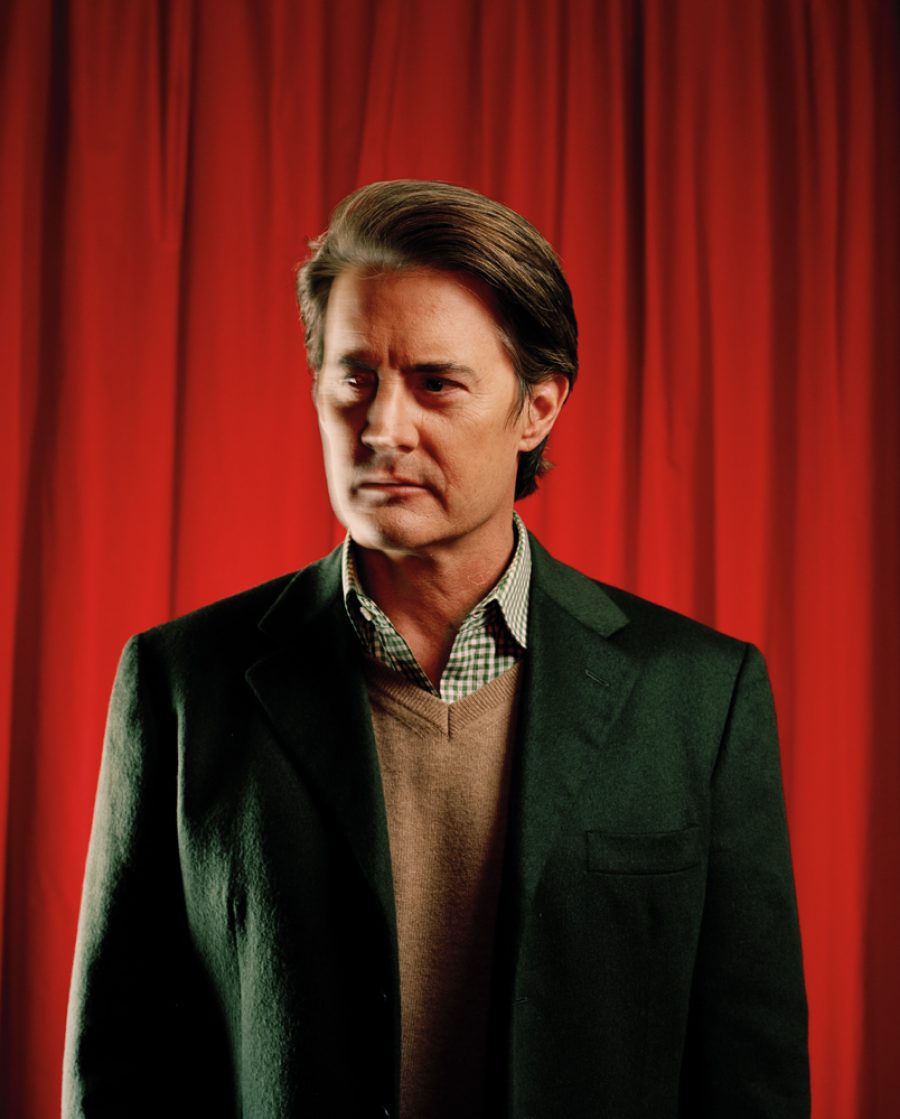
As audience figures plummeted, ABC shifted the show to a graveyard Saturday night slot in a barely concealed effort to hasten its end, and a sense of alienation took root among a cast that had so recently been more like a family.
“I remember sitting in my dressing room,” says Kimmy Robertson, “listening through the wall to Catherine Coulson (the Log Lady) calling David and begging him to come back. I remember a sense of panic and a definite feeling of abandonment. It was as though God had put us in Eden and then left us to fend for ourselves.”
Lynch returned to oversee the end of the second season, rewriting and directing a final episode culminating in a series of cliffhangers that he hoped would compel ABC to commission a third season. But it was too little too late. The network seemed happy to be rid of a show that it had never known quite what to do with, and for many cast members it was a curtain that came down with an audible sigh of relief.
Like any major event, the effect Twin Peaks had on those involved in its creation was far from uniform. Some, like Kimmy Robertson, swore allegiance to its memory, attending annual festivals and making themselves available to fans; others, like Michael Ontkean (Sheriff Truman), refused to speak about the experience, grimacing when it came up in interviews and seeming to blame the show for the subsequent downturn in their careers. Even MacLachlan tried to distance himself from his character, requesting only a bit part in Lynch’s 1992 prequel Twin Peaks: Fire Walk with Me, a movie received with hostility even by some hardcore fans for its heavy-handed dramatisation of the last days of Laura Palmer’s life.
And yet the legacy of Twin Peaks seems barely to have diminished in the decades since the town beauty was first found on the riverbank wrapped in plastic. It regularly tops lists of the best shows of all time, and its influence can still be felt in more sustained television success stories like Lost and The Sopranos, many of which might not exist were it not for Lynch’s vision of a world in which arthouse movie making and mainstream television worked hand in hand.
“Twin Peaks was too far ahead of its time,” says Charlotte Stewart, who played Betty Briggs. “It was a completely immersive experience filled with incredible characters and creepy secrets, and it had this dreamy quality thanks to its bizarre dialogue and haunting soundtrack. But it was a show that demanded viewers approach it with an open mind, and it expected them to pay attention. Nowadays those things are taken for granted with ground-breaking television, but back then I don’t think people were ready for it.”
This article was originally published in Little White Lies 31: The Carlos Issue.
Published 22 Feb 2017
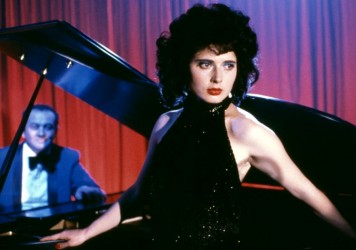
Exploring the director’s use and manipulation of music in his 30-year-old masterpiece.
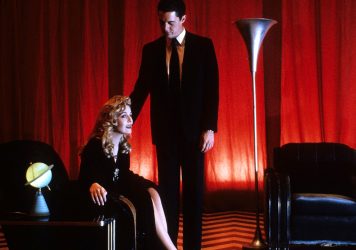
David Lynch’s much-maligned spin-off movie holds secrets that could be revealed when the show returns.
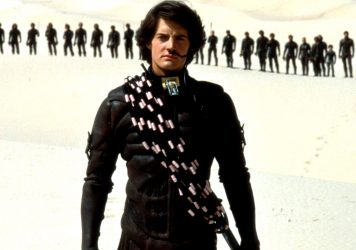
By Dan Einav
The Arrival and Blade Runner 2049 director is working on a remake of Frank Herbert’s hard SF epic.